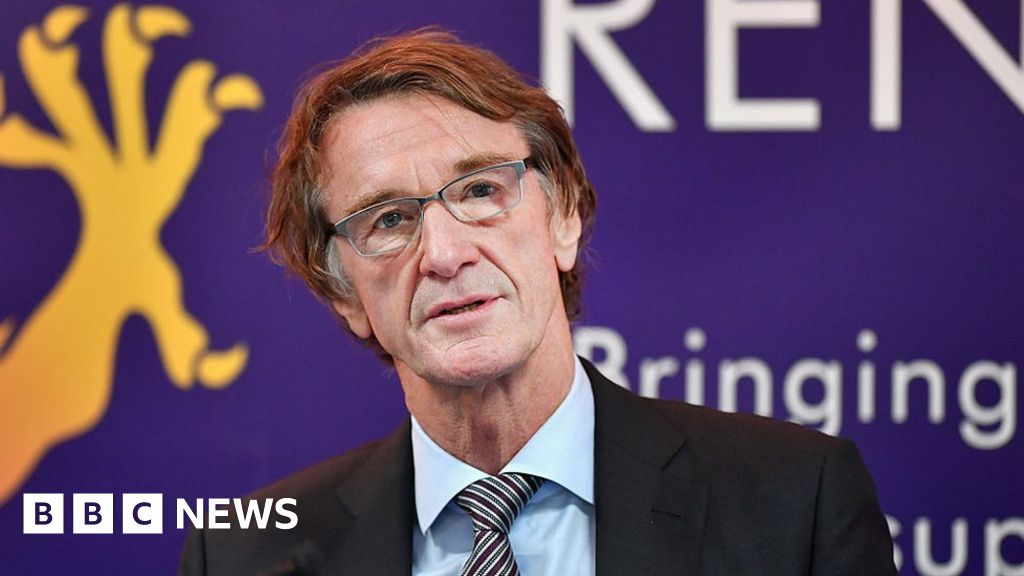Global Migration Shifts: Why Secondary Cities Are Becoming New Hubs
For decades, migration patterns have pointed toward the world’s largest urban centers—New York, London, Tokyo, and other global capitals. But as costs rise, climate pressures mount, and technology enables more mobility, a new trend is emerging: migrants are increasingly choosing secondary cities as their destinations. These smaller but fast-growing hubs are reshaping economies, cultures, and global migration flows.
What Are Secondary Cities?
Secondary cities are urban areas that are not national capitals or global megacities, but still have significant populations and economic influence. Examples include:
- Charlotte, North Carolina in the U.S.
- Valencia, Spain in Europe.
- Ahmedabad, India in Asia.
- Medellín, Colombia in South America.
These cities often combine affordability with opportunity, making them attractive to both domestic and international migrants.
Why the Shift Is Happening
1. Rising Costs in Major Cities
Big cities are increasingly unaffordable for newcomers. Housing shortages, high rents, and expensive services push migrants toward smaller cities where money stretches further.
2. Remote Work and Technology
The pandemic accelerated remote work adoption, freeing many professionals from the need to live in capitals. High-speed internet and digital collaboration tools mean secondary cities can now compete for global talent.
3. Climate Change and Sustainability
Climate risks like flooding, heat waves, or pollution are more acute in major urban centers. Secondary cities with more sustainable infrastructure and lower population density are becoming safer, healthier options.
4. Government Policies
Some governments are encouraging migration to secondary cities to reduce pressure on capitals. For example, Canada promotes settlement in mid-sized cities like Halifax or Winnipeg through its immigration programs.
The Impact on Secondary Cities
Economic Growth
An influx of skilled workers, entrepreneurs, and students boosts local economies. Startups, service industries, and cultural enterprises thrive when migrants bring new ideas and labor.
Cultural Diversity
Secondary cities benefit from cultural enrichment. New foods, traditions, and perspectives expand community life and foster creativity.
Urban Strain
On the flip side, rapid growth can strain infrastructure. Cities unprepared for migration may face housing shortages, rising costs, and pressure on healthcare or education systems.
Case Studies
- Medellín, Colombia: Once known for instability, Medellín has reinvented itself as a tech and innovation hub. Affordable housing and a strong community culture attract international workers and digital nomads.
- Valencia, Spain: Offering a mix of Mediterranean lifestyle, lower costs than Madrid or Barcelona, and EU access, Valencia has become popular with retirees and young professionals alike.
- Charlotte, U.S.: Once overshadowed by New York and Los Angeles, Charlotte has become a financial and tech hub, drawing both domestic migrants and international talent.
Challenges Ahead
Secondary cities must balance growth with sustainability. Key challenges include:
- Expanding affordable housing.
- Upgrading transportation and digital infrastructure.
- Ensuring social inclusion for newcomers.
- Avoiding displacement of local populations through gentrification.
If managed well, these cities can avoid the pitfalls of megacities while offering migrants opportunity and stability.
The Bigger Picture
Migration patterns tell us where opportunity lies. As secondary cities grow, they are shifting global power dynamics, creating new centers of culture, business, and innovation. Instead of a few megacities dominating the map, the future may be a network of thriving hubs spread across regions.
This decentralization could lead to a more balanced global economy, where talent and resources aren’t concentrated in just a handful of capitals.
Secondary cities are no longer the “backup option” for migrants—they’re becoming destinations of choice. With affordability, opportunity, and growing cultural appeal, these urban centers are writing the next chapter in global migration.
For policymakers, businesses, and communities, the task is clear: embrace this shift, plan for growth, and ensure migration enriches both newcomers and longtime residents.
Because the future of migration isn’t just about where people leave—it’s about where they choose to build new lives.







